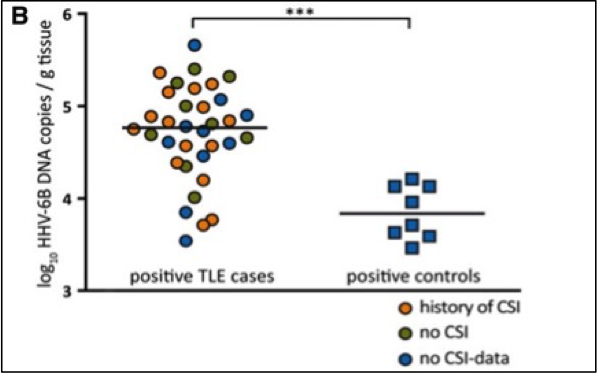Pitt Niehusmann has completed the largest study to date on the question of whether viruses play a role in refractory mesial temporal lobe epilepsy (MTLE), with 346 samples analyzed. We asked Pitt a few questions about his work, which he will now continue at the University of Oslo, where he serves as a Senior Consultant Neuropathologist.
Q: Will you continue to study the role of viruses in mesial temporal lobe epilepsy? If yes, what type of analysis might you pursue?
We will continue to analyze the role viral infections in the context of epileptogenesis. I think the increased presence of HHV-6B DNA in TLE patients with a history of either febrile seizures or encephalitis warrants further investigation. Of special interest is the relationship between viral infections and autoimmune encephalitis.
Q: You noted that the viral load was significantly higher in MTLE patients vs controls. What was the viral load of each group?
The viral load in the TLE group was 4.710 ± 0.513 log10 DNA copies/CNS tissue. In the controls, a viral load of 3.853 ± 0.289 log10 DNA copies/CNS tissue was observed (mean, SD). See figure 3B.
Q: You ruled out chronic neurological disease in the controls. Did you also rule out other conditions where HHV-6 has been suggested to play a role (eg. Cardiac disease, gliomas, artherosclerosis, autoimmunity)? Can you give any more information on what conditions the controls were found to have?
We ruled out chronic neurological diseases, including brain tumors. While cardiac diseases and artherosclerosis were not excluded from this study, none of the positive controls suffered from such a condition. The causes of death in positive controls were: 3 polytrauma, 1 traumatic brain injury, 2 intoxication, 1 gunshot injury, 1 strangulation.

Figure 3B
